Uncle Sam gave me a belated Christmas present - a pair of microphones!
Actually, it’s more like he was going to take money from us big time. We had sold a rental property since we’re trying to get out of that business, and made a profit (even though we sold it for under fair market value, thank you very much). So, the gubment wants a piece of the pie. Of course. In this case, an $18,000 piece.
We were then left with two choices: either pay all of that to our least favorite uncle and lick our wounds in 2018, or spend money on everything and anything we could write off (and afford to buy).
Hence, Merry Christmas to me!
Here are the beauties in all their splendiferous packaging:
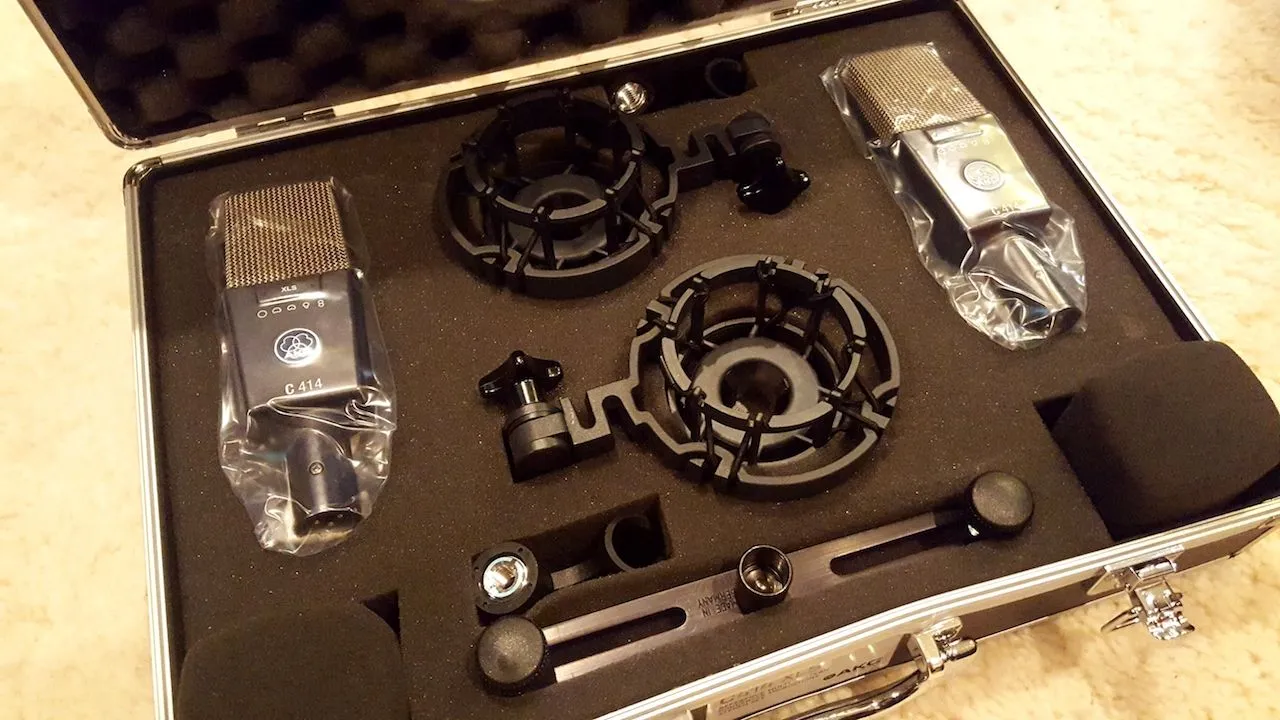 A matching pair of AKG C414 XLS
A matching pair of AKG C414 XLS
Now before any of you go accusing me of tax fraud, I am a musician by trade and do lots of recording, so it does count as a write-off.
So why did I choose to spend almost $1800 on microphones, you ask?
An excellent question! And in response, I will now show you what I had to work with and what’s wrong with them.
Present Exhibit A: Zoom H4n Handheld Recording Device.
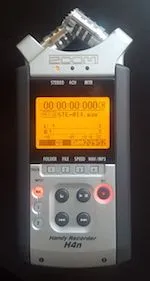
Now before anyone gets up in arms about my criticizing this, I just have to say that this is a great, handy recorder. It works decently for what it is, and I’ll continue to use it in certain applications.
The problem is that it’s not good at all for operatic singing. I can’t stand how it makes my voice sound. I think I'm singing like a Viking Goddess until I listen to the recording and it's like a screaming Banshee. For the longest time I thought it was just me. Then I found proof it was the microphones.
Why I'm Not Imagining Things
Opera singers work their (considerable) butts off to produce a sound that can carry over an entire orchestra in a concert hall. While this does entail making sounds of higher decibel ranges (read: really loud singing), it also involves training the voice to accentuate certain frequencies in the harmonics of each note. These frequencies are called the Singer’s Formant.
According to Wiki:
Studies of the frequency spectrum of trained singers, especially male singers, indicate a clear formant around 3000 Hz (between 2800 and 3400 Hz) that is absent in speech or in the spectra of untrained singers. It is thought to be associated with one or more of the higher resonances of the vocal tract. It is this increase in energy at 3000 Hz which allows singers to be heard and understood over an orchestra. This formant is actively developed through vocal training, for instance through so-called voce di strega or "witch's voice" exercises and is caused by a part of the vocal tract acting as a resonator. In classical music and vocal pedagogy, this phenomenon is also known as squillo.Source
With many microphones, you get a chart that indicates how this particular mic will respond to certain frequencies (pitches). This is aptly named the Frequency Response Chart. The way you read it is it will get higher in decibels on pitches (frequencies in Hertz) where the mic will enhance the sound, and lower where it’s weaker.
Check out the FR chart for the Zoom H4n mics:
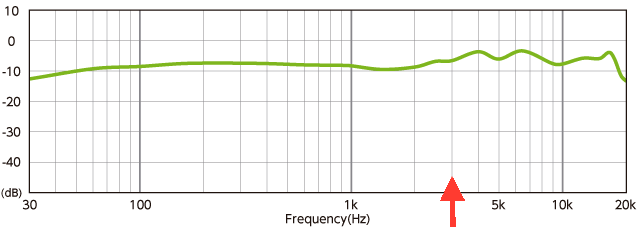
You can see where the arrow points to around 3 kHz there is a bump. This means an increase in sound is added to whatever is recorded.
For an untrained singer, this area of the voice will often be weak, so this little bump can be quite flattering for them. Maybe not enough to turn Elmer Fudd into Pavarotti, but certainly it can take a less-than-stellar voice and make it sound clear and loud.
But for an opera singer who already adds to those frequencies via technique, this creates a certain amount of distortion in the recording that is not accurate and can often overwhelm microphones. This makes operatic singing sound tinny and harsh (read: Banshee).
Not really what I’m going for.
I now give you Exhibit B: Magnavox 34069:

This Radio Shack special is no longer available (nor is Radio Shack), so there’s little surprise that the quality is bad. Sadly, I couldn’t find a FR chart . Maybe the manufacturers figured it wasn’t worth seeing just how bad it was.
So with these two methods of recording, I set off on finding some mics that had a relatively flat FR - that means as few bumps as possible. There’s just a bit of a snag: turns out that unless you record directly straight into the microphone, you may get a different response. This means if you do any method of recording such as A-B Stereo Recording, your response will actually be different since you are essentially recording into the side of the microphone!
Luckily, I had a friend in Germany who had done a lot of his own testing and gave me a complete list of mid- to high-end mics that met my criteria of a flatter response from the side as well as front. I can’t share that list with you, but I can say that the AKG C414 XLS mics were on that list!
Check out the Frequency Response chart for the AKG C414’s:

Now that’s a nice flat response! That means the recording will be more accurate and true to the actual sound.

Here are some more pictures of the unveiling:
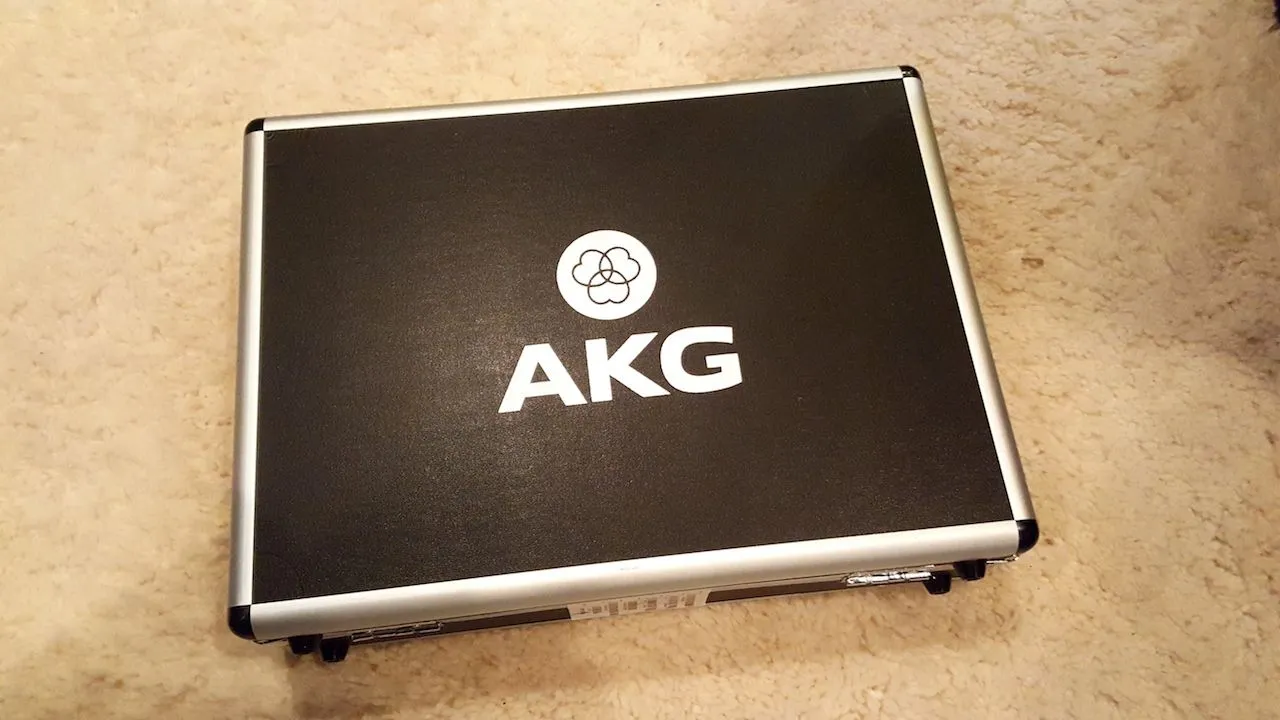

On the front you get to push a button to do some stuff
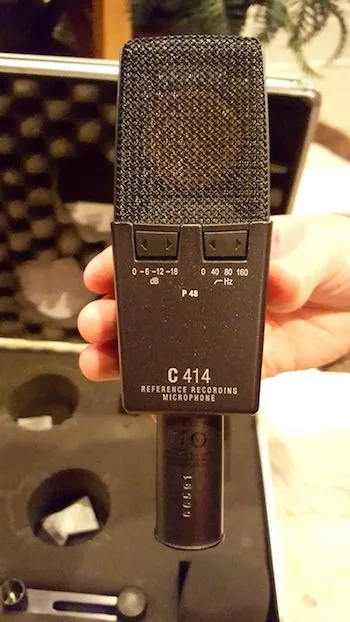
On the back you get more buttons to push to do more stuff!
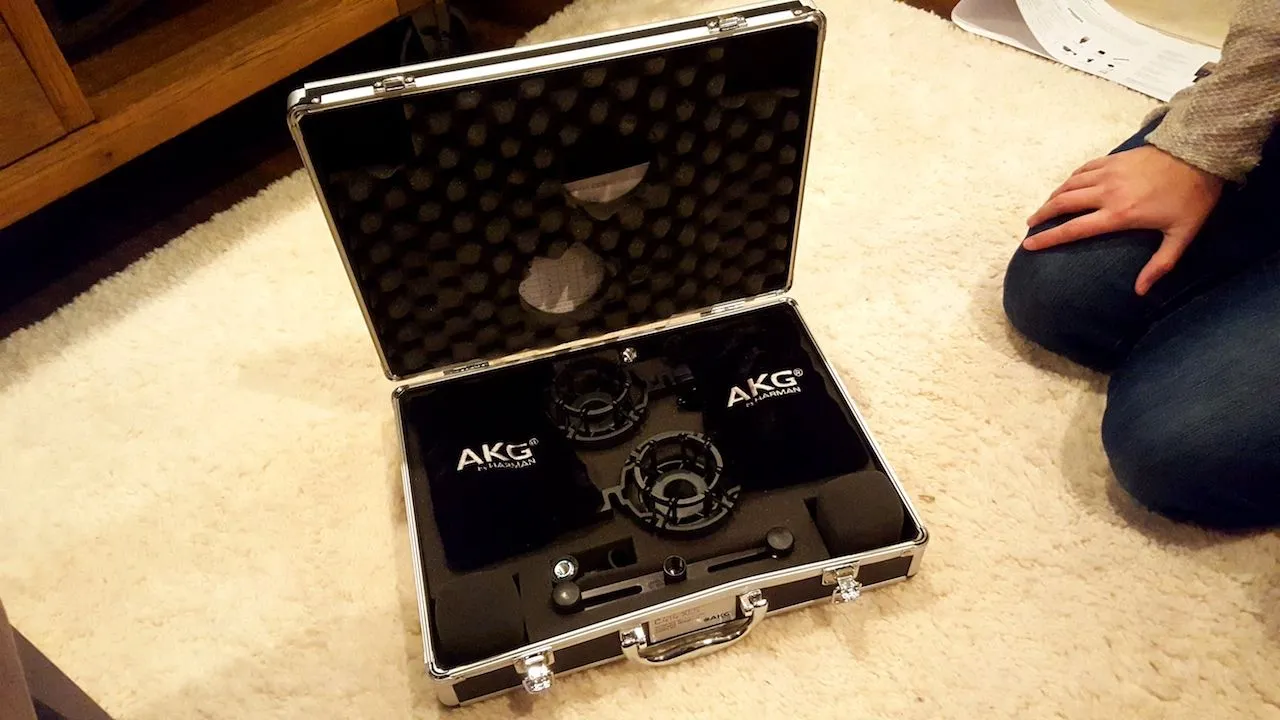
The C414's in their fuzzy black shrouds
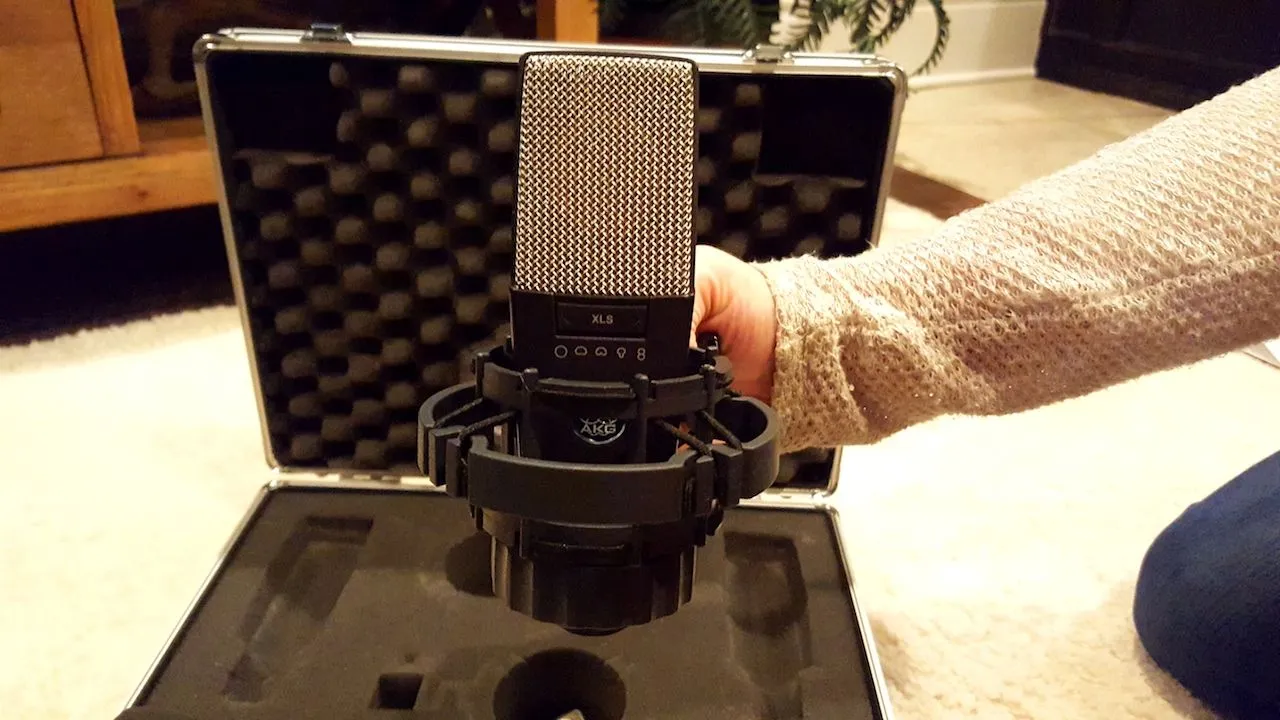
The C414's in their rubbery cage thingie
Next time, I'll post some recordings all of these mics so you can get an idea of how different they sound from one another (and perhaps what a Banshee sounds like).

If you enjoyed this post, please follow, upvote, and resteem. I write posts on singing, playing piano, teaching music, and short stories about anything.
